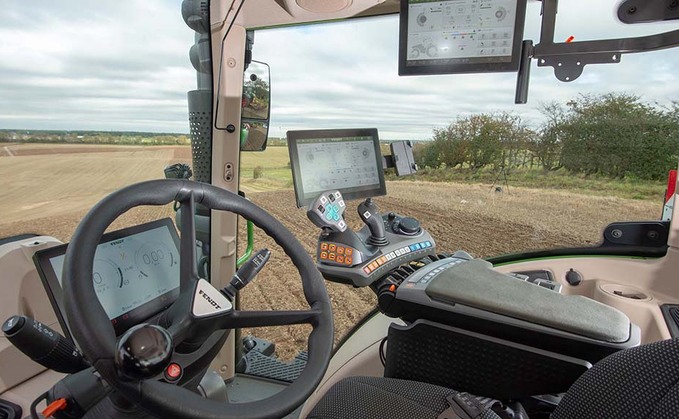
Aiming to find out more about Fendt's new tractor control interface, we try it out on the firm's latest 300 Series tractor. James Rickard reports. Revealed to the UK public at the 2020 LAMMA Show, it...

Aiming to find out more about Fendt's new tractor control interface, we try it out on the firm's latest 300 Series tractor. James Rickard reports. Revealed to the UK public at the 2020 LAMMA Show, it...

BNG National Habitat Bank Creation & Unit

FARM LOANS & RE-MORTGAGES

Commercial Secured Bridging Loans for Business